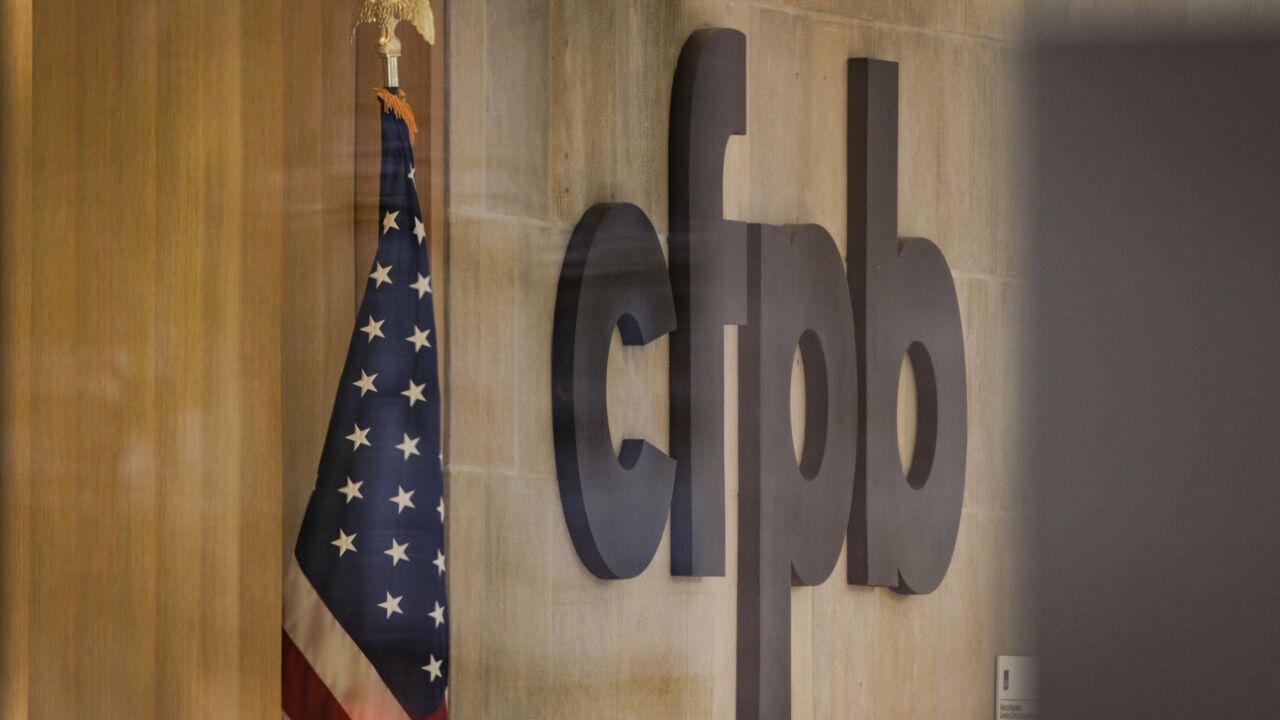With cameras and beacons combined with the OEM "Pays," retailers have what they need to take contactless payments to the next level, or get left behind if they don't.
In the more sophisticated mobile app versions of scan and go, shoppers scan items with their smartphones and then easily pay for their shopping in-app, removing the need to wait in line altogether.
The consumer experience would work like this. He or she downloads the contactless app of a chosen retailer chosen retailer at home and links it with a preferred payment card(s). Each time a consumer enters one of the retailer’s stores, he or she scan items using the phone’s camera and pack as they go. The consumer's app adds each scanned item to your virtual cart and, when you’re done, you pay in-app and walk out of the store. Other technology uses beacons and in-store cameras to track purchases, removing checkout lines.

Of course, retailers will want to deploy contactless technology in slightly different ways. But there’s a whole raft of features and benefits that are hard to ignore.
First up, it allows checkout lines and lengthy payment processes to be skipped altogether. By paying via an app in an in-aisle checkout process, customers enjoy a frictionless buying experience. This also means that retailers can free up floor space previously occupied by checkouts and redeploy staff to different roles. Automated digital receipts also avoid having a wallet full of paper. Good for consumers and the environment, not to mention saving the retailer money.
Contactless systems can also incorporate AI technology, augmented reality and personalized adverts to tailor the consumer experience. Proximity-based in-store advertising, pushed out as notifications to shoppers’ phones, can adapt displays and offers to customers’ individual preferences as they approach different beacons in the store. Retailers can also benefit from having an unprecedented insight into their customers’ purchasing data and shopping trends. This in turn can facilitate real time upselling and cross-selling to maximize sales.
What’s more, the buying experience can be enhanced. By combining all this with digital loyalty schemes and coupons, it’s even possible for consumers to choose the payment mix that suits their preferences, paying for a single basket with a combination of payment cards, loyalty points and offers. And to top it off, retailers can reduce their transaction fees by offering customers digital store-branded cards, a feature which can be easily implemented into a contactless mobile payment system.
So, the advantages are numerous and the possibilities are endless. Growing numbers of consumers are willing to embrace technological innovations, and retailers are eager to find ways to improve buying experiences. It’s not a question of "if" contactless mobile will become the norm, it’s a matter of "when." Don’t get left behind.





